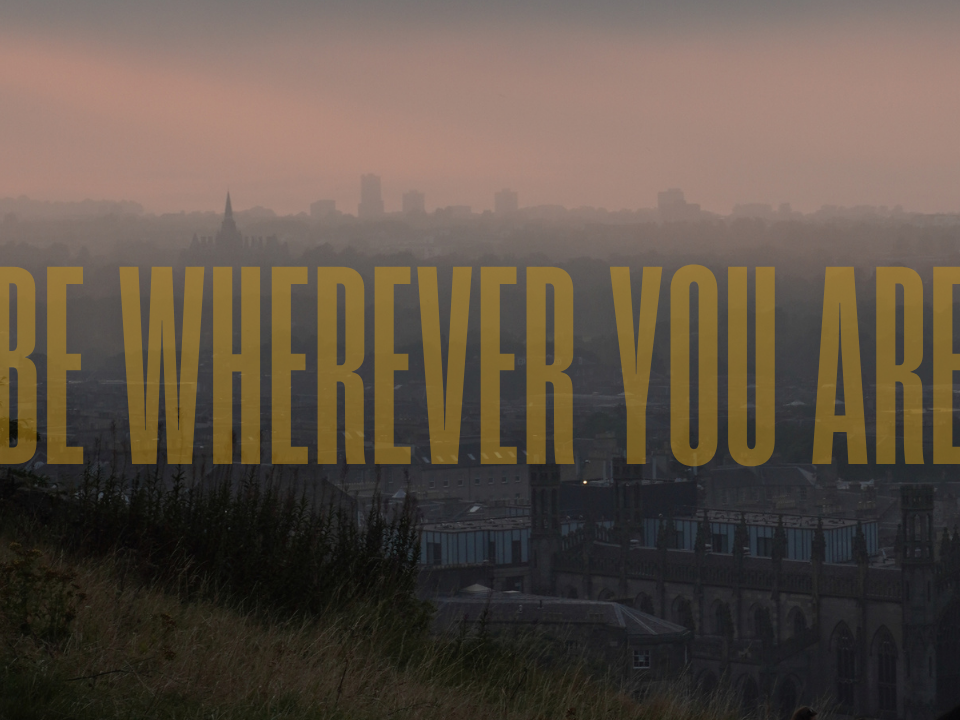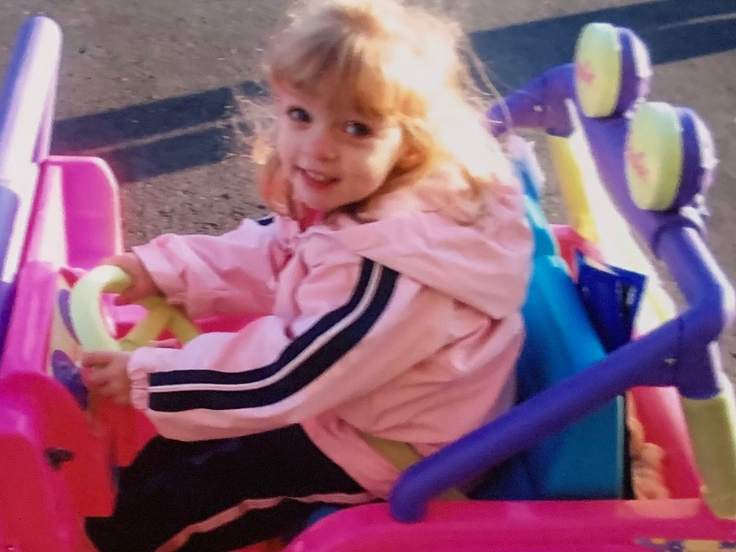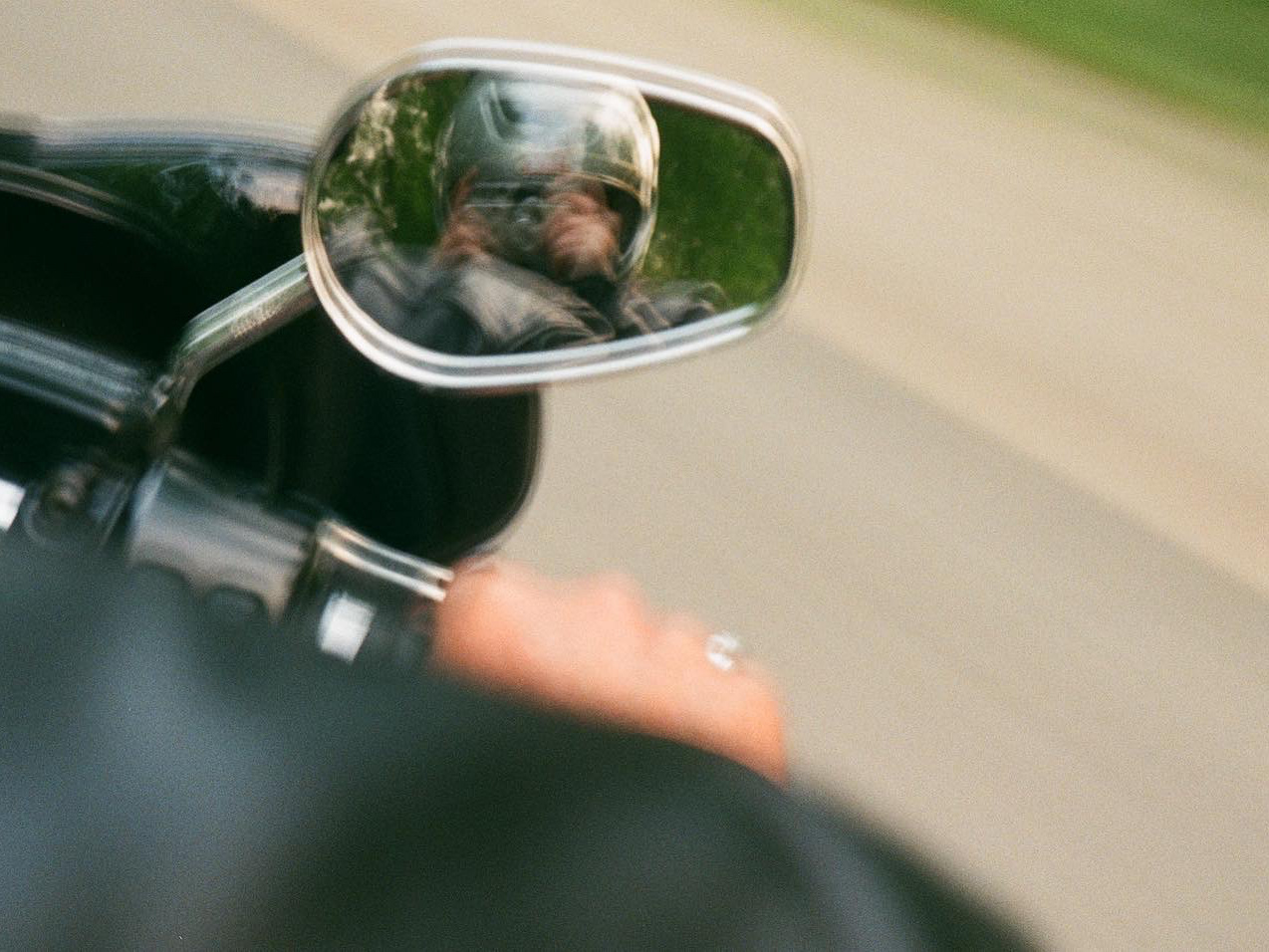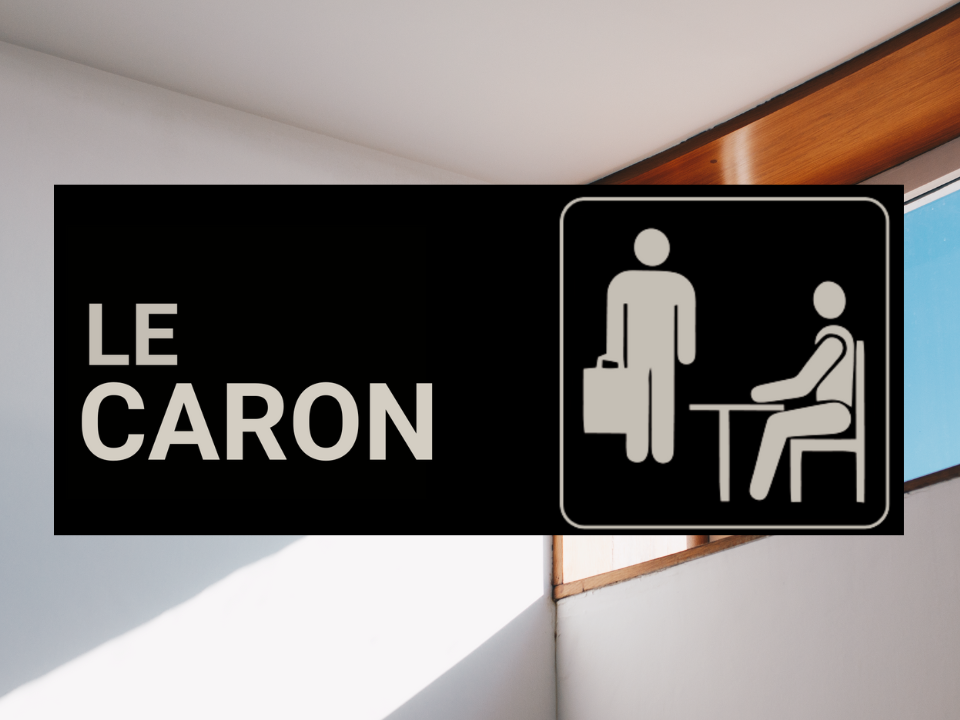“The relationship between education and media images is complex for First Nations Peoples, as such images are thought to be both instruments of colonial control and vehicles for decolonization”(Cornellier, 2012, pp.2-3) . “Modernity, one should not forget, produces difference, exclusion and marginalisation. Holding out the possibility of emancipation, modern institutions at the same time create mechanisms of suppression, rather than actualisation, of self” (Giddens. 1991, p.6).
/// Colonial Legacies and Stereotypical Depictions: Early Representations of Indigenous Peoples in North American Cinema //
Films as early as Nannook of the North, Peter Pan, and Pocahontas, through their panindianisms, unidimensional qualities, and at times outright racism, often cast Indigenous Peoples into three categories of stereotypical portrayals, consisting of: "primitive savages, pastoral primitives, and primitive problem people. In the first, Indigenous People are represented as wild, defiant and non-deferential, lawless; in the second as picturesque, idealized, bucolic, and romantic; and in the third as creat(ing] . . . and/or having) problems”(Fleras & Kunz, 2001, p. 137, as cited in Haslam, 2016). These stereotypical portrayals of Indigenous Peoples further reflect the “white colonial desire for the disappearance of the [Indigenous] other” and its contribution to being “an instrument of colonial domination” (Gittings, 2002, p. 4). Through an analysis of the ongoing Canadian TV series Shoresy (2022-Ongoing) and its approach to Indigenous representation within a colonial framework, the series provides a contemporary lens to examine the stereotypical portrayals created as well as perpetuated by both American and Canadian media. This analysis offers critical insights into how these narratives continue to shape and reflect Canada’s current relationship with colonialism in its modern media landscape.






